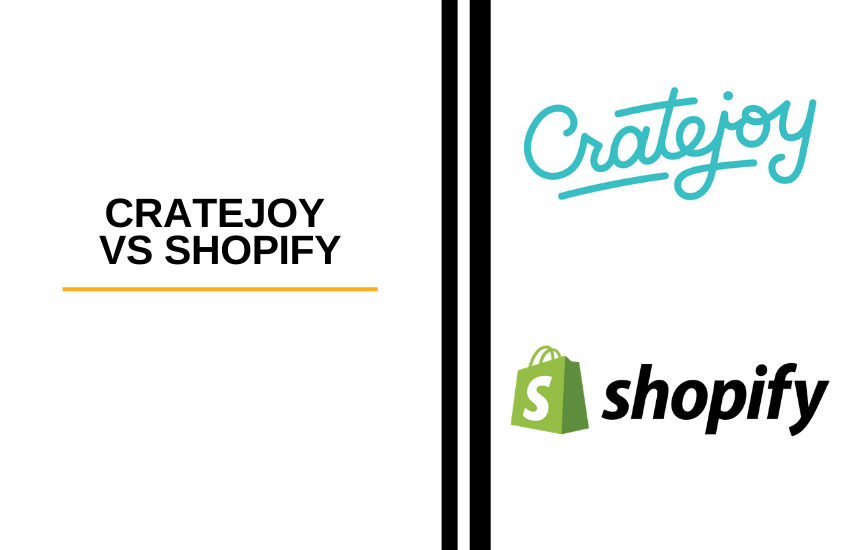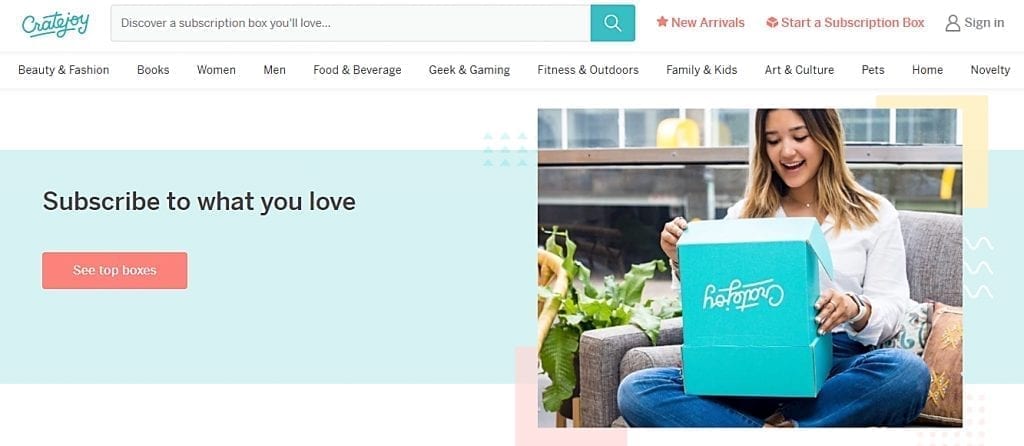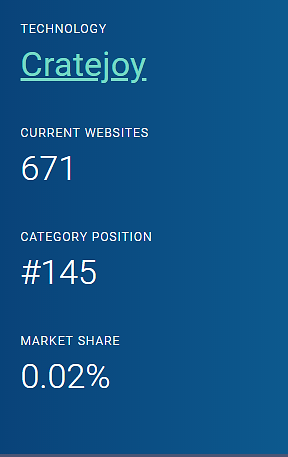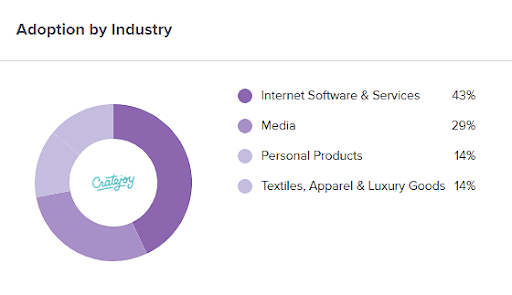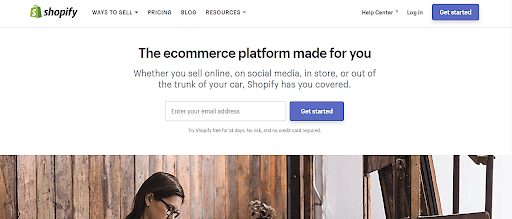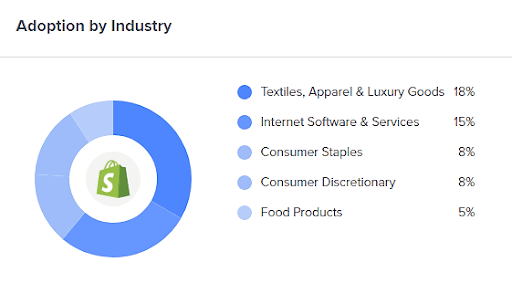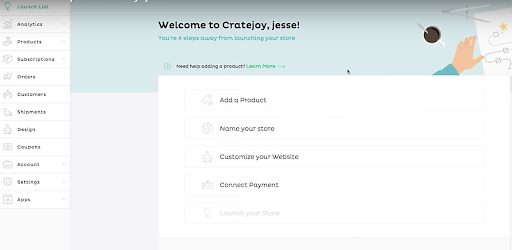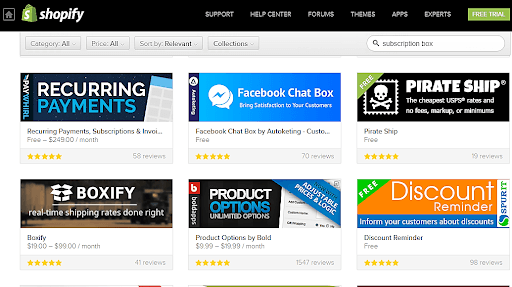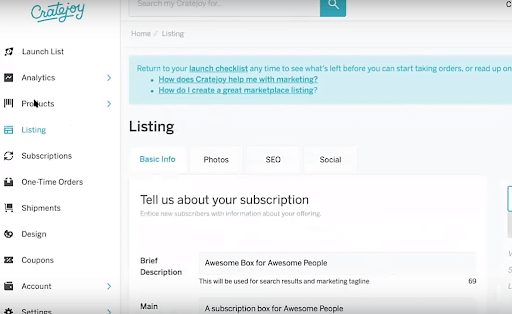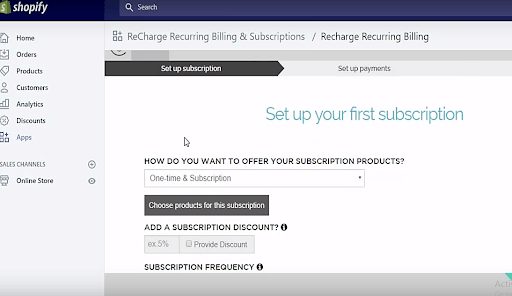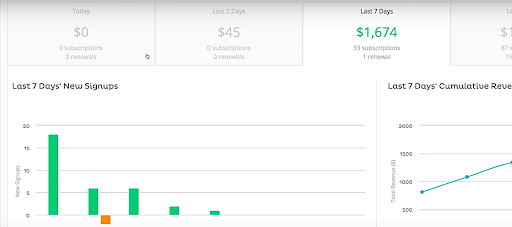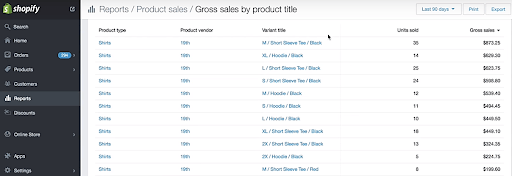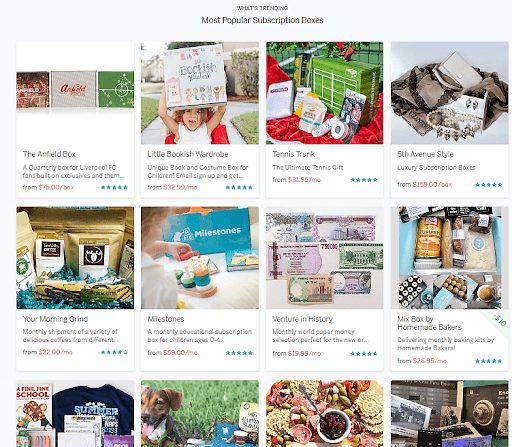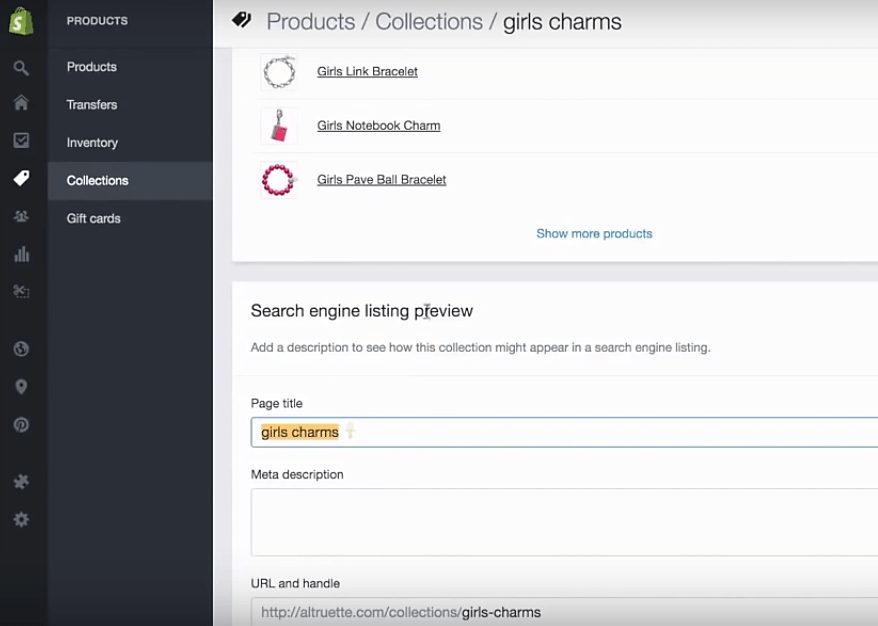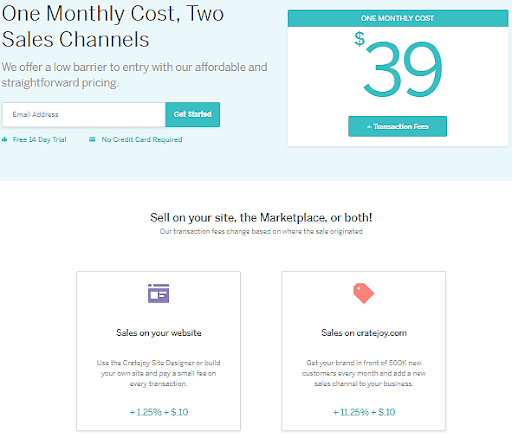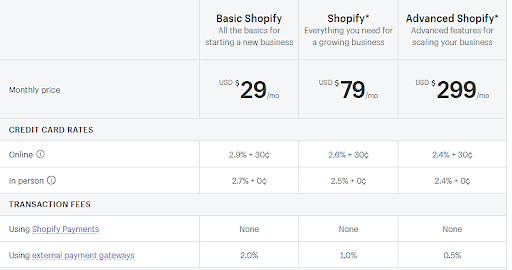Last Updated on December 8, 2023 by Ewen Finser
The subscription box ecommerce economy is growing tremendously. No doubt about it.
Here’s the thing. Through a 2018 survey that sampled more than 5,000 U.S. based respondents, McKinsey & Company established that the subscription box e-commerce market had doubled in just five years.
Quite impressive, right? Well, get this. The largest retailers in this space made $57 million in 2011. And by 2016, they were raking in $2.6 billion annually- all thanks to the subscription box framework.
And you know what? The market is not even close to its peak yet. As a matter of fact, we are not even quarter-way there.
Currently, only 15% of online consumers have signed up to subscription box businesses. The trend is gradually catching up with the rest.
This alone makes subscription box eCommerce a very feasible business venture.
But, here’s the problem. A subscription box business is not like a regular ecommerce store. There are many complex variables that come into play here.
For starters, you’ll need to set up a solid subscription box framework, flexible enough to accommodate different levels of subscribers, packages, and prices. And since you’ll be dealing with recurrent buyers, you’ll also have to invest heavily in a subscription management system.
Then, of course, comes the logistics. The thing that makes this particularly cumbersome is the fact that all product deliveries are done repeatedly. Admittedly juicy when you think about the potential profits- but increasingly complicated when it comes to the actual implementation and management.
Now, add standard ecommerce variables like marketing, lead acquisition, lead conversion and site management- and you have yourself one heck of a complex system.
Thankfully, we have ecommerce platforms to help out. And you know what sounds even better? The fact that some of them come with specialized tools for subscription box businesses.
Two of the most prominent players here are Cratejoy and Shopify.
You might have already heard about Cratejoy in the subscription box circles. Shopify, on the other hand, pretty much comes up almost every time we discuss ecommerce. So, of course, it’s pretty understandable to consider it as a possible host for your subscription box business.
But, which of the two is a better ecommerce platform?
My Bottom Line Up Front Summary: Subscription boxes are a fun new business trend, BUT I’ll be honest… building an enduring brand with the Shopify ecosystem of apps and integrations is my preferred path. Gun to my head, I lean towards signing up with Shopify here first and then maybe building a subscription model LATER.
Let’s get to it and separate the facts from fiction- Cratejoy versus Shopify.
There are PLENTY of ecom platforms out there. Only one has a true NETWORK effect that can catapult your growth. Shopify has thousands of developers building apps and a robust ecosystem of integrations. This cannot be ignored. #ShopifyWins
Cratejoy
Quite simply, Cratejoy is all about subscriptions. That is its fundamental purpose.
Headquartered in Austin Texas, Cratejoy is an ecommerce platform built to offer subscription box businesses a wide range of tools for building and managing their ecommerce operations.
Although it focuses on one type of ecommerce, it essentially extends to cover pretty much all industries in the subscription box space. And to top it off, it comes with a marketplace for its subscription box vendors.
And to further facilitate subscription-based businesses holistically, Cratejoy also provides analytics tools, integrated ecommerce, order management, website building, and hosting, plus integrations like Mailchimp, SumoMe, ShipStation, Picreel, and Carthook.
Currently, it hosts 671 websites– translating to an ecommerce platform market share of 0.02%. This user base is predominantly composed of internet software and services businesses- with 43%. Media-based businesses come second with 29%, then personal products ties with textiles, apparel and luxury goods with 14%.
Collectively, most of these users- close to 100%- are based in the U.S. And it makes sense considering the subscription box economy is hottest here.
Shopify
Although Shopify can host a subscription-based business, it’s nothing like Cratejoy.
Headquartered in Ontario Canada, Shopify is an eCommerce platform built for essentially all types of businesses. Its principal purpose is helping users build and manage online stores.
Its entire pipeline is pretty straightforward- register an online store, choose an appropriate theme, edit the layout, add products, then manage inventory and marketing. When traffic starts rolling in, you’re able to process Shopify payments, manage the shipping process, and generate the corresponding sales reports.
Ok, hold on a moment. Where do subscription box businesses fit in here?
Well, it turns out that Shopify is not exactly optimized for subscription box businesses. But, make no mistake- it can, and, as a matter of fact, it does actually host many subscription-based businesses.
Wondering how?
You see, one of the primary reasons why Shopify is quite popular is its app store. It hosts a wide array of helpful apps for powering various ecommerce functionalities- including subscription products.
Think of your ecommerce site as an iPhone, and Shopify as the underlying iOS that powers the smartphone. The app store fits in just like Apple’s App Store. It hosts apps that can be integrated into iOS to change how the phone works.
And that’s how the whole subscription box concept is set up. Shopify’s App Store already has numerous subscription box apps- each with varying functionalities- to power online subscription box businesses.
Now, when it comes to user numbers, Shopify is an ecommerce giant in its own right. It currently hosts close to 280,000 websites– translating to a market share of 8.49%. Textiles, apparel and luxury goods lead the lot at 18%, while internet software and services come second at 15%, then both consumer staples and consumer discretionary add up to 8%, and food products sites compose 5%.
71% of its customers are based in the U.S, 9% in the U.K., and 5% in Canada.
Verdict
Shopify is a substantially dominant brand in the ecommerce platform space. It dwarfs Cratejoy by more than 40,000% in market share and user numbers. The reason being, of course, that Shopify is a jack of all trades- an ecommerce platform for pretty much all types of online businesses.
There are PLENTY of ecom platforms out there. Only one has a true NETWORK effect that can catapult your growth. Shopify has thousands of developers building apps and a robust ecosystem of integrations. This cannot be ignored. #ShopifyWins
However, when it comes to the subscription box ecommerce space, Cratejoy gains critical points over Shopify in usage. It has been developed to focus only on subscription-based businesses. Nothing more. But, with only 671 websites on its user base, it still has a long way to go in market prominence- even in the subscription box ecommerce space.
All in all, Cratejoy is a platform for subscription box ecommerce. Shopify, on the other hand, is a universal ecommerce platform that can be integrated with third-party apps to holistically facilitate subscription box ecommerce.
You might also be interested: Shopify vs Shopify Plus – Everything You Need to Know (2020)
Let’s Talk Features
Ease of Use
Cratejoy
As a platform for subscription box businesses only, you bet Cratejoy is straightforward right from the start. As a matter of fact, it takes about 30 minutes to build and set up a standard online store.
If you already have an existing website, it should take you less time to get your business up and running. The conversion process is pretty simple and doesn’t require any coding skills.
The only stage here that would consume the bulk of your creative process is theme customization. Cratejoy comes with a fair amount of themes, all of which can be tweaked to achieve a unique outlook.
And in case you’d prefer further adjustments, Cratejoy has unlocked its HTML editor for all users. You can take advantage of it to eliminate or introduce sections to build an exceptional website.
Additionally, the platform supports a decent number of integrations that can boost your store’s overall functionalities. MailChimp, for instance, is considerably effectual in email marketing, prospecting and lead conversion.
Well, that sounds good overall. Unfortunately, Cratejoy has its fair share of drawbacks too.
After setting up your site, for example, you’ll notice that it’s quite difficult to blend multiple products from different categories at once. Consequently, your upselling capabilities are substantially limited.
Another unnecessarily restricted feature is product details. You’ll find it hard to add comprehensive information about each product in your store.
Shopify
You don’t need programming skills to set up a Shopify store. Its web builder has been optimized accordingly to help even the least experienced web builders establish their stores in just a couple of minutes.
As a matter of fact, you don’t even have to start from scratch. Shopify provides ready-made online stores with all the relevant components. So, you basically just tweak the pieces to suit them to your brand.
Apart from that, Shopify comes with a wide range of professionally designed templates- all of which are customizable and can adapt to all types of devices.
Sadly, it’s impossible to move on with a subscription box business right off the bat. You have to first proceed to Shopify’s App Store to search for and install an ideal app. This essentially ties your subscription box business capabilities and functionalities to the app’s features- as opposed to Shopify’s.
Another common challenge experienced by Shopify users applies to the site design process. It turns out that its templates can only be customized extensively by experienced programmers. Inexperienced users, on the other hand, only get limited editing options.
So, you might be forced to hire a web developer to create a dynamic subscription box site.
Verdict
Both Cratejoy and Shopify are adequately user-friendly. Their interfaces are refreshingly clean and simple, plus the web building features can be accessed by non-programmers. When it comes to templates, however, it’s evident that Shopify has a richer variety of customizable themes.
That said, the more straightforward platform here in creating a subscription box business is Cratejoy. Everything has been optimized for subscription-based sites right from the start. Shopify, on the other hand, can only facilitate this type of business after you’ve installed a subscription box app from the App Store.
Subscription Box Management Tools
Cratejoy
Subscription boxes are fundamentally critical to Cratejoy. So, of course, you should expect to get quite a couple of useful tools on both admin and customer accounts.
As the principal administrator of your businesses, you’ll use Cratejoy’s customer management system to not only create multiple subscription boxes, but also control the entire subscription framework.
Some of the things you can do include setting up subscription box parameters, adjusting active subscriptions, tracking previous customer orders, plus viewing customer notes and shipping information.
And in case of any problem, you can also terminate active customer subscriptions or refund orders accordingly- either fully or partially.
But, don’t hold your breath for this because customers can avoid issues by managing their own packages, and adjusting box options right from their end. Additionally, they are able to update their shipping and billing data without necessarily reaching out to your support team.
It’s also possible to offer your customers a grace period of subscription non-renewal if they have sufficient products, or have possibly traveled out of town. This strategy, as you’ll probably learn along the way, is just as effective as subscription auto-renewal in retaining customers. Kind of ironic when you come to think of it- but facts are facts.
Shopify
As you’ve probably figured out by now, Shopify is quite bland when it comes to subscription boxes. You’ll barely get any tool specifically tailored for subscription box management.
Well, Shopify has quite an array of tools, alright. But, they are built for general ecommerce management. The specialized tools are only available in the App Store.
The best thing about this aspect is the flexibility that comes with it. You can customize your business and its corresponding box offers in a number of different possible ways. However, streamlining multiple apps in one subscription box business could be a problem.
That said, your overall subscription box capabilities depend on the specific app you choose for your store. Recurring Payments & Subscription Boxes by SpurIT, for instance, supports single product, mixed cart, and entire cart subscriptions, plus various subscription periods- weekly, monthly, bi-monthly, annually, etc.
Recurring Orders & Subscription Box App by Bold, on the other hand, is specifically optimized for physical products. It allows customers to supplement existing orders, in addition to updating, skipping, and pausing their active subscriptions.
Then there is a different app by ReCharge, and yet another by PayWhirl. Although they all share the bulk of the subscription management tools, there’s still a number of unique features each of them provides to both customers and business owners.
Verdict
If you want a streamlined subscription box management tools right from the start, Cratejoy has got you covered- on both business and customer sides. Its customer management system comes with a range of tools for adjusting subscription box variables and viewing customer data. Customers, on the other hand, get to manage their subscription products and billing data.
Quite similar to what you’d get with Shopify. However, in Shopify’s case, your precise options depend on the specific subscription box app you choose for your store. Although this complicates the baseline, its flexibility is certainly undeniable.
Analytics
Cratejoy
Figuring out how to scale your business and improve product offerings is not that challenging on Cratejoy. Your decisions are essentially informed by a myriad of critical KPIs, which are derived after tracking and assessing your customers’ behaviors and patterns.
In addition to customer lifetime value, some crucial indicators you’ll be able to obtain from Cratejoy include your traffic sources, conversion funnel analytics, cancellation data, subscription info, churn analytics, and more.
To further supplement your analysis and subsequent decision-making processes, Cratejoy also supports Google Analytics.
The resultant analytical data can be exported to CSVs for extensive crunching through a selected third-party data-processing software. And for optimal business intelligence, you can leverage Cratejoy’s central API to harvest the data and transfer it to any specialized system.
Now, apart from customer data, you’ll also need to understand your finances, right? Thankfully, Cratejoy also provides relevant cash flow reports, all of which are accessible from the primary management interface.
Shopify
Many have said it- that Shopify is the mother of ecommerce analytics and reporting. It can help you track and stay informed about your entire business ecosystem- traffic, leads, customer activities, transactions, finances, and opportunities.
Some of the standard reports you can get by default after launching your subscription box business include customer, sales, marketing, behavior, acquisition, and financial reports. Sadly, only the financial reports here are accessible from all Shopify user levels.
Marketing, behavior, and acquisition reports are only open to Basic Shopify users and above. Then customer and sales reports are generated for only Shopify, Advanced Shopify, and Shopify Plus subscribers. Custom reports, on the other hand, have been left for the latter two plans.
If this doesn’t cut it, you can still take advantage of Shopify’s integrations to adopt third-party tracking and reporting tools, including Google Analytics.
Well, this is where you can access pretty much any traceable information about your subscription box store and its corresponding variables.
And you know what? You can further simplify your decision-making process by embedding apps that add actionable pointers from ecommerce gurus.
Verdict
Basically, Cratejoy has all the critical metrics you might need for your subscription box business- covering both customers and financials. Even better, the subsequent analytics are available to all users, regardless of your user package level.
Contrastingly, Shopify goes beyond the basic standard metrics- it provides all the extra info you can think of, especially when you’re dealing with an extensively dynamic store. But, here’s the kicker- the precise reports you can subsequently access depend on your Shopify package. Plus, some of the secondary metrics and consequent tips are only available through third-party integrations.
Marketing
Cratejoy
To help you acquire and maintain a regular stream of customers, Cratejoy comes with several marketing features. Not what you’d call comprehensive, but fairly adequate for a regular subscription box business.
For starters, you get the basics. Its themes support SEO customization, plus it can be integrated into social media platforms to hunt for prospects right where they hang out.
Another critical integration here is MailChimp, which powers email marketing quite extensively. Combine that with recurring discounts and coupons, and you’ll have yourself a set of offers that could drastically boost your average conversion rate.
An additional clever strategy here would be reinforcing that with Cratejoy’s referral programs. That’s how you leverage your current customers to spread the word and consequently grow your business.
If all these fail to produce good results, you can at least rely on that final option that Cratejoy is popularly known for- its marketplace. This is an Amazon or Etsy-like platform, where business owners can publish their subscription boxes- to be viewed by more than 30,000 potential customers each day.
With such a number of warm leads, it makes sense why Cratejoy’s marketplace is essentially the one primary feature that continues to attract subscription box vendors to its side.
Shopify
Marketing is another thing that Shopify has been excelling at. It might not provide the fanciest marketing options on its base package, but it makes up for that with a range of functionalities by third-party App Store apps.
The base package only comes with the essentials. Quite standard, but with all the important components.
When it comes to SEO, for example, Shopify builds clean code which is entirely crawlable, and supports meta-descriptions plus title tag editing. Other crucial provisions include elements like sitemaps, SSL, canonicals and duplicate content detection.
To kick-start the consequent traffic conversion funnel, you could take advantage of yet another marketing provision by building an ideal landing page. Consider complementing that with content marketing, discount offers, and the likes- for a complete funnel.
Now, that entire system would be fairly effective. However, to achieve the best possible results, your subscription box marketing strategy should incorporate third-party marketing apps with advanced prospecting functionalities. The App Store already provides an overwhelming number of possible integrations.
Verdict
Cratejoy comes with all the standard marketing features a subscription box vendor needs- SEO, email marketing, social media marketing, coupons, referrals, and more. Needless to say, its marketplace takes the cake. By publishing subscription box offers created by its users, Cratejoy is essentially marketing businesses to a wide audience of possible buyers.
Sadly, Shopify doesn’t provide that. But, it comes with an impressive list of third-party integrations with superior marketing functionalities. Certainly an ideal option for vendors with advanced marketing skills.
Pricing
Cratejoy
As you start off, Cratejoy is kind enough to offer you a 14-day free trial.
Then after it lapses, you’ll be pleased that the pricing structure is pretty straightforward- quite simply, you’ll be paying $39 per month regardless of your store’s size.
Unfortunately, that’s not all. You’ll also be charged for each transaction conducted. While selling through your website attracts a 1.25% plus $0.10 commission, capitalizing on Cratejoy’s marketplace to generate sales will cost you even more- 11.25% plus $0.10.
Well, I admit 11.25% might feel like a substantial amount. But, when we switch over to the other side of the coin, it might start making sense- considering the fact that you’ll not have spent anything on marketing.
That said, it worth noting that these commissions exclude all credit card fees. That’s an additional cost you’ll have to foot.
Shopify
As a dominant player in the ecommerce space, you’d expect to see a simple and straightforward pricing schedule on Shopify.
Well, some might consider its pricing structure adequately direct. But, here’s the problem- there’s nothing on subscription box businesses.
Evaluating the cost of setting up and running a subscription box business is a rather complicated issue here. In addition to the base package price, you have to consider additional costs for third-party subscription box apps, plus transaction fees, and any other possible charges.
A standard ecommerce store should survive fairly well on the Basic Shopify plan, which costs $29 per month, and an additional 2.9%+$0.30 credit rate for each transaction.
If you prefer a much bigger store, you could alternatively go for the Shopify plan, which costs $79 per month, plus 2.6%+$0.30c on each credit card transaction.
Advanced Shopify, on the other hand, provides the most advanced features at $299 per month, plus 2.4%+$0.30 on each credit card transaction.
Now, with the principle Shopify package already paid for, you move on to yet another set of charges- for adopting third-party subscription box apps.
Recurring Orders & Subscription Box App by Bold, for instance, will cost you $19.99 more every month, after a generous 90-day free trial period.
Then consider the cumulative cost after adopting additional third-party apps for other functionalities like marketing. In the end, you might have yourself one heck of a bill every month.
Verdict
You can start off with a 14-day free trial offer on both Cratejoy and Shopify. Sadly, that’s the only similarity between the two in pricing. Cratejoy takes a rather straightforward approach with a single package of $39 per month for all stores. But then it charges a heavy transaction commission of 11.25%+$0.10 when you depend on the marketplace for sales.
Shopify, on the other hand, offers the flexibility of three different base packages- at varying price points depending on the scale of features. The standard Basic Shopify plan costing $29 per month sounds cheaper than Cratejoy at first. But everything changes when you factor in additional costs- 2.9%+0.3c transaction fees, plus monthly subscription box app charges, plus applicable charges on any other integration you might consider for your store. Evidently, Shopify is costlier than Cratejoy.
| E-commerce Store | Features | Pros | Cons | Price |
|---|---|---|---|---|
| Cratejoy | • Integrates well with Facebook, Instagram, Pinterest and Twitter • Has an email marketing system and will allow you to grow subscribers • Secures people's personal information | • Easily turn your website into a store • SEO optimized • It offers complete solutions for your business | • Takes 10% transaction fee for every payment • Stores cannot respond to comments from customers | • Sell on the marketplace - $0 (+ 11.25% + $0.10 transaction fees) • Checkout only - $19 (+ 1.25% + $0.10 transaction fees) • All-in-one - $39 (+ 1.25% + $0.10 transaction fees) |
| Shopify | • Web application for online stores • You can sell products on many channels | • You don't have to be a designer to make the store • You can boost sales with Abandoned checkout • Easy to add or remove products • Excellent customer support | •Advanced features may be costly for a startup • Comes with a built in blogging software which is not as good as Wordpress • There is no email hosting | • Basic Shopify – 29/m • Shopify – 79/m • Advanced Shopify – 299/m |
FAQs
Question: Do I need a subscription to start a subscription box?
Answer: No, you don’t need a subscription to start a subscription box, but there are some that will provide you with a website, create the overall look of the box, and even match you up with the best shipping company so your clients can get the delivery right on time every month.
Question: How much does Cratejoy charge to sell?
Answer: Cratejoy doesn’t charge a monthly subscription plan, but instead, charges 11,25% on every transaction that is made through their platform.
Question: How do I create a successful subscription box?
Answer: To create a successful subscription box, you need to have a unique idea and a memorable design that will make subscribers try yours. Also, you need to deliver quality products, because this way, you’ll make people stick with it and impatiently wait for the next box.
Question: How do I add a subscription box on Shopify?
Answer: To add a subscription box on Shopify, first you need to create a Cratejoy Store and match the Shopify hosting you already have with it. Once this is done, you just need to set up a subscription product and create a checkout theme that will be similar/same to your existing website.
Overall- Which do you choose Cratejoy vs Shopify?
When choosing between these two it will be very important to have your business model established before venturing towards one choice or the other.
Scalable eCommerce BRAND? If you are looking for a robust multi-purpose store with easy to use (ease of use) product management, Shopify is the better option here.
Dead Set on a Subscription Box Service? On the other hand if your business offers subscription based stye orders and have a set timeline for orders, Cratejoy will be more equipped for this type of business model.
Both options are SEO friendly, have good reporting, and offer a wide-range of features to use.
Eventually, you will probably want to build a stand-alone store so while you CAN use Cratejoy to capture the subscription box market, you SHOULD eventually build a stand alone ecommerce store (and I prefer Shopify).
There are PLENTY of ecom platforms out there. Only one has a true NETWORK effect that can catapult your growth. Shopify has thousands of developers building apps and a robust ecosystem of integrations. This cannot be ignored. #ShopifyWins
The choice is yours! Let us know what you think?
Further read:
- Lemonstand vs Shopify Compared: Which is Better for Ecommerce?
- Shopify vs Custom Site – Which is Best for Your eCommerce Business?
- Shopify vs Etsy – Which is Best for You?
- Volusion vs Shopify: Which is the Better?
- SamCart vs Shopify: Which is Best?
- WooCommerce vs Shopify: Which is the Better Platform?
- Shopify vs Square: Is Square or Shopify Better?

